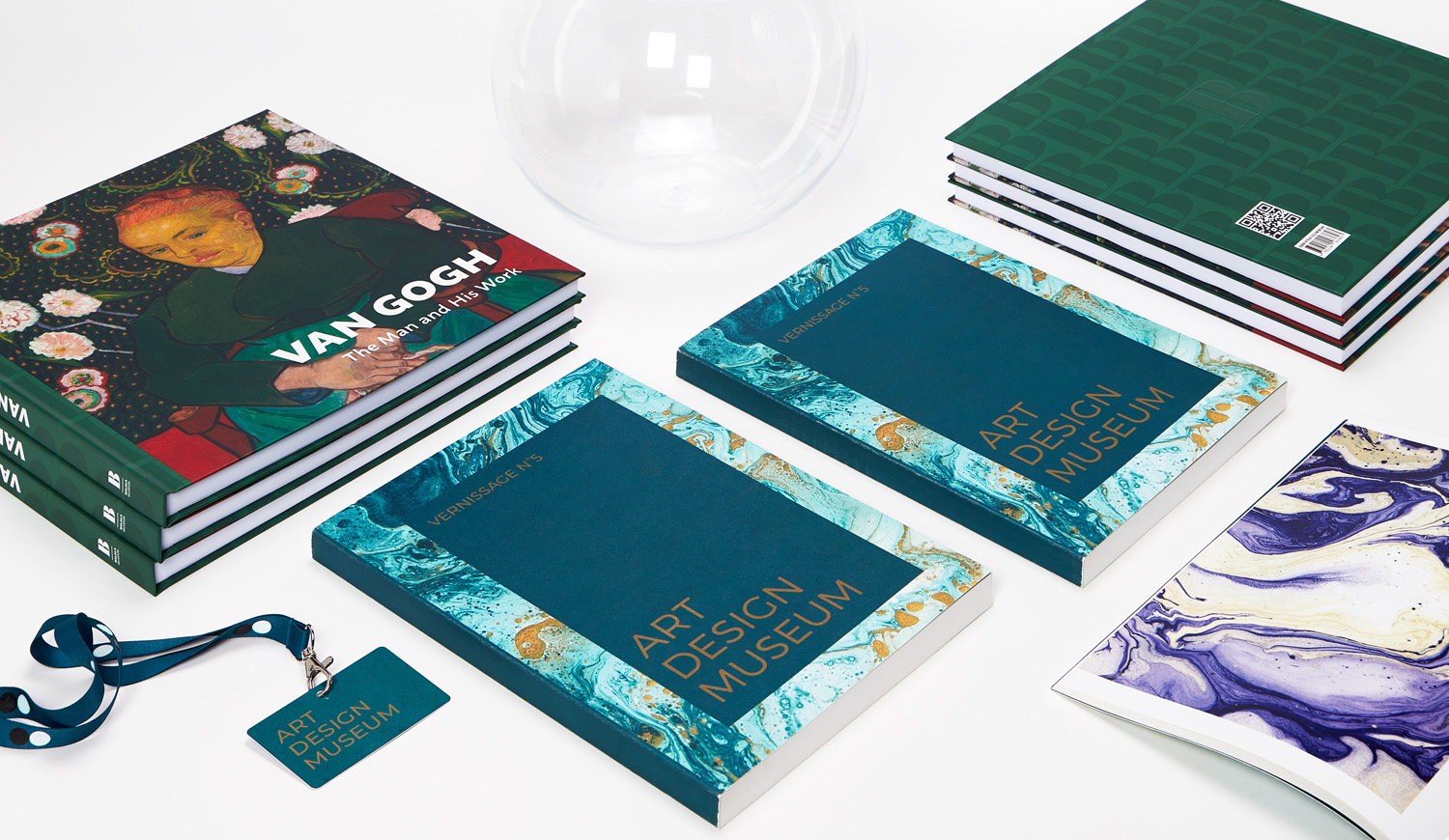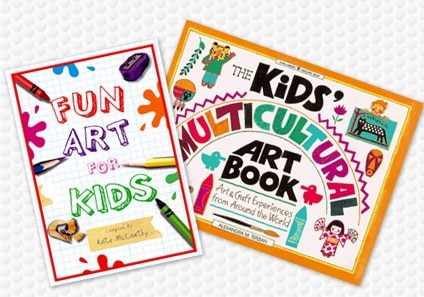Top Pointers for Creating an art book That Stands Out
Discover the Necessary Guide to Art Book Printing for Aspiring Artists and Publishers
As a hopeful musician or publisher, recognizing the nuances of art book printing is vital to bringing your vision to life. You'll need to think about numerous elements, from picking the right kind of book to ensuring color precision and selecting suitable products. Each choice impacts the final item substantially. So, what are the crucial elements you should focus on to create a sensational art book that truly represents your work?
Recognizing Various Sorts Of Art Books
When you dive into the world of art books, you'll swiftly uncover that they can be found in numerous kinds, each customized to various imaginative expressions and target markets. Coffee table publications commonly display magnificent visuals, excellent for informal surfing, while essays dive deep right into a specific artist's work, supplying context and understandings. If you want details art activities, event magazines supply thorough documents of programs, featuring essays and reviews.
For training purposes, art handbooks and technique books guide you with various mediums and designs, making them vital for aiming artists. Each layout serves its function, and recognizing their distinctions can improve your art book journey.
Selecting the Right Paper and Products
Selecting the right paper and materials can greatly influence the overall quality and feel of your art book. For dynamic colors and complex information, decide for a glossy coating or a heavyweight matte paper that improves aesthetic depth.
Think of the weight of the paper, as well. Thicker alternatives typically provide a more expert appearance, while lighter papers can decrease printing costs. Do not ignore the binding materials; a durable cover can shield your web pages and include in guide's aesthetic.
Ultimately, consider sustainability. Green options are gaining appeal and can show your values as a musician. By carefully picking your paper and products, you'll guarantee that your art book not only looks excellent yet additionally feels unique in the hands of your visitors.

Choosing the Finest Printing Strategies
When it involves publishing your art book, selecting between balanced out and electronic printing can considerably affect your end product. You'll also intend to take into account how paper quality impacts the total feel and look of your artwork. Let's discover these key printing methods to find the most effective fit for your job.
Offset vs. Digital Printing
While both countered and digital printing have their advantages, selecting the appropriate strategy for your art book can significantly affect the end product. Countered printing supplies premium photos and vivid shades, making it suitable for bigger print runs. If you're aiming to generate hundreds or thousands of duplicates, offset will certainly offer you constant results and reduced per-unit expenses. On the various other hand, digital printing stands out for smaller sized amounts and quicker turnaround times. It enables very easy customization, allowing you to print one-of-a-kind copies without additional setup prices. Consider your spending plan, timeline, and the volume of your project. Ultimately, your selection should align with your creative vision and circulation method, making sure that your art book reflects the quality you prefer.
Paper Quality Factors To Consider
Choosing the ideal paper quality can substantially enhance the visual allure and responsive experience of your art book. Beginning by considering the weight and appearance of the paper. Much heavier paper often feels even more luxurious and can much better display dynamic colors and complex details. For prints, a shiny coating can make images pop, while a matte coating gives a softer, much more refined look. Don't neglect regarding the paper's brightness; brighter sheets can improve shade precision and contrast.
Following, consider the sustainability of your choice. Eco-friendly choices are ending up being significantly prominent and can appeal to environmentally-conscious visitors. Demand samples to see exactly how various papers function with your art work, guaranteeing the last item shows your vision flawlessly.
Ensuring Color Precision in Your Prints
To achieve sensational prints, you require to focus on color precision from the begin. You'll desire to make use of color calibration methods to validate your monitor and printer are in sync. In addition, proofing your job before the final print run can assist capture any kind of discrepancies, ensuring your art looks just as you pictured.
Color Calibration Methods
Ensuring color accuracy in your prints begins with efficient color calibration techniques that aid keep uniformity between your electronic photos and final printed items. Next off, choose a shade account suited for your printing process, like CMYK for print products. By regularly applying these strategies, you'll improve the overall top quality of your art prints and much better communicate your artistic vision.
Proofing for Precision
While you may believe your electronic pictures are ready for print, proofing is crucial for achieving color precision. Before committing to a complete print run, always ask for a proof from your printer. This permits you to see exactly how colors equate from screen to paper. Contrast the evidence with your calibrated display to find any type of inconsistencies. Focus on saturation, illumination, and tone, as these variables can considerably affect your final product.
If modifications are required, communicate plainly with your printer concerning your wanted results. Don't think twice this contact form to request numerous evidence if essential; it's worth the investment to get it. Inevitably, complete proofing assurances that your art work is represented as you visualized it, preserving your artistic integrity throughout the printing process.

Designing Layouts That Enhance Your Art Work
When you create formats for your art book, it's important to consider just how each component interacts with your art work. Aim for an equilibrium between visuals and text, guaranteeing neither eclipses the other. Use white space strategically; it offers your art work area to take a breath and attracts interest to its details.
Consider the circulation of your book. Prepare photos in such a way that guides the reader's eye, creating a story or thematic development. art book. Vary the sizes and alignments of your artwork to maintain the design dynamic and intriguing
Select fonts that match your art work without distracting from it. Maintain message succinct and appropriate, supplying context or insight that boosts the viewer's experience.
Ultimately, test different layouts. Print examples to see exactly how the styles convert theoretically, and readjust as needed. By attentively making your formats, you'll produce an aesthetically appealing art book that resonates with your target market.
Binding Choices for a Professional End Up
Selecting the right binding option can greatly influence the general discussion of your art book. You'll intend to think about both visual appeals and durability when making your selection. Popular options consist next page of perfect binding, which supplies a sleek appearance and is perfect for thicker books; saddle sewing, ideal for smaller sized booklets; and spiral binding, which enables web pages to lay flat for simple watching.
If you're intending for a costs feel, situation binding is an excellent option, providing a durable cover and a specialist look (art book). Don't neglect about the cover material; alternatives like cloth, leather, or a shiny coating can elevate your book's charm
Whatever alternative you choose, see to it it enhances your art work and enhances the visitor's experience. Take your time to consider the benefits and drawbacks of each technique, so your final item mirrors the quality of your creative vision.
Preparing Your Apply For Print Preparedness
To assure your art book is print-ready, you'll need to pay attention to file prep work. Beginning by setting your file dimension to match your wanted print measurements. Use high-resolution photos-- 300 DPI is the criterion-- to determine sharp, lively visuals. Transform your documents to CMYK setting, as this shade room is best for printing. Don't forget to include bleed areas, typically an additional 0.125 inches around your web pages, to avoid any white edges after trimming.
Additionally, install your typefaces or transform message to lays out to stay clear of any type of typeface concerns. Conserve your operate in a PDF style, as this is the most accepted file kind for printers. Ascertain your documents for any type of typos or design errors, as changes can be costly after the fact. Finally, think about creating a proof to evaluate before the final print run. Complying with these steps will assist you attain a sleek, expert art book.
Regularly Asked Concerns
What Is the Average Price of Publishing an Art Book?
The standard cost of publishing an art book varies, but you can anticipate to pay anywhere from $5 to $20 per copy, relying on variables like size, paper top quality, and printing volume.
How Can I Discover a Reliable Printing Company?
To find a reliable printing firm, start by looking into on the internet testimonials and asking fellow musicians for referrals. Compare quotes, examine portfolios, and interact your needs plainly to ensure they recognize your vision and quality assumptions.
What Is the Typical Turn-around Time for Printing?
The typical turn-around time for printing differs however generally ranges from one to four weeks. Variables like project complexity and quantity can affect this. Constantly validate with your chosen printer for certain timelines and assumptions.
Can I Publish My Art Book in Limited Quantities?
Yes, you can absolutely publish your art book in limited quantities. Lots of printing companies provide short-run options, permitting you to produce just the number you need, making it simpler to take care of prices and stock.
What Lawful Factors To Consider Should I Know for My Art Book?
You should think about copyright, her latest blog licensing arrangements, and model releases when developing your art book. Ensure you can make use of all photos and message, protecting on your own from possible lawful issues down the road.